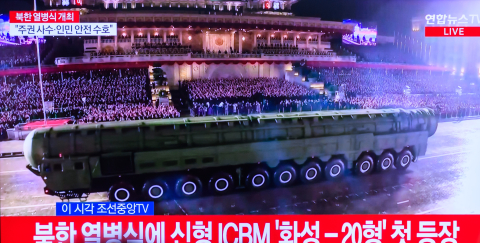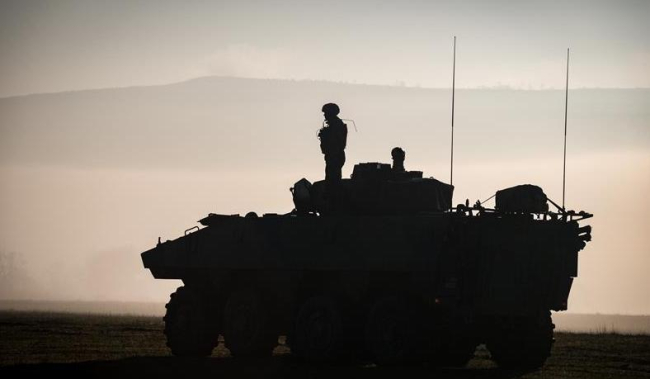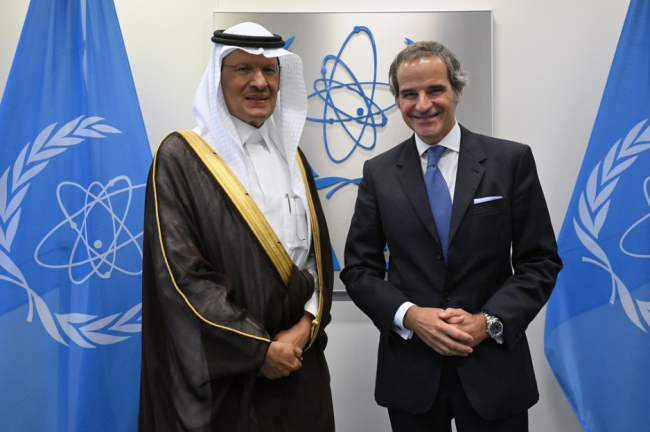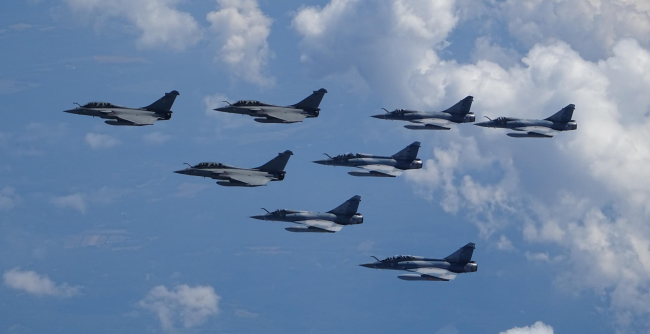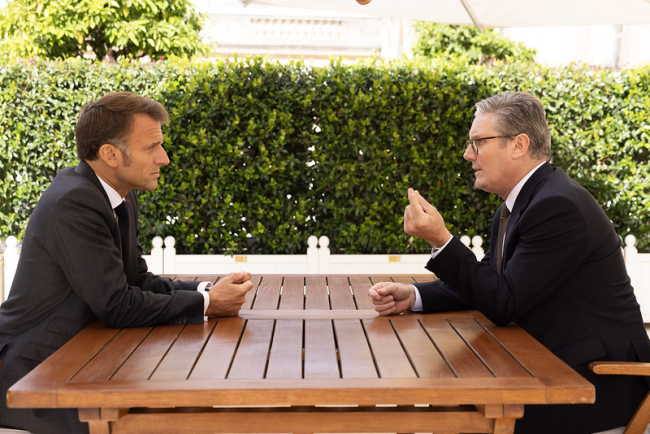La fin du régiment ? Trente ans de déstructuration de l'organisation tactique régimentaire

The new organization of land forces breaks with a centuries-old tactical order: the regiment. Born out of political constraints that have shaped its history, the regimental order has accompanied the rise of the nation state; the Third Republic, for instance, entrusted it with political, social, and cultural functions.
The implementation of the so-called modular organization of the Army - which is disrupting the regimental principle - stems likewise from political developments that, in this case, first emerged in the early 1980s. Caught between demands for additional engagements abroad and the reality of scarce resources to accomplish such objectives, the Army is forced to cobble together ad hoc solutions. As a result, the tactical organization of the regiment has been deconstructed: the body of troops, thus dismantled, has been transformed into a "reservoir of resources." At the turn of the century, military austerity had led to the normalization and standardization of this practice of "modular" tactical organization, which seizes from the regiment what is needed to equip task forces deployed in distant theaters. At the same time, this policy requires joint defense bases to aggregate the resources that once provided the regiment with its autonomy. In short, it's unclear what the commanding officer is now commanding. Is this the end of the regiment?
This content is available in French: La fin du régiment ? Trente ans de déstructuration de l’organisation tactique régimentaire
Related centers and programs
Discover our other research centers and programsFind out more
Discover all our analysesSaudi Arabia’s Nuclear Temptations. Lessons Learned from Regional Instability
Saudi Arabia’s integration in the international arena and regional stability, notably through reducing its dependence on fossil energies, are crucial elements for the success of the Kingdom’s Vision 2030, the Crown Prince’s top priority. However, Mohammed bin Salman’s declarations in 2018 and 2021, indicating that “if Iran develops a nuclear bomb, we will follow suit as soon as possible”, combined with the recent strikes on key Iranian nuclear facilities, do not bode well for the future of the Kingdom, the region and the non-proliferation regime at large.
The Future of Air Superiority. Command of the Air in High Intensity Warfare
Air superiority, understood as control of the air, is a cornerstone of the Western art of warfare. It is a decisive condition, albeit not sufficient by itself, to achieve military victory, as it enables the concentration of air power toward the achievement of wider strategic objectives and protects other components from unbearable attrition levels. It is best achieved through the offensive use of air power in a joint effort to neutralize the enemy’s air power.
Europe Uncovered?
As Russia continues to threaten Europe, the Trump administration is making no secret of its desire to withdraw—at least partially—from the defense of the Old
Continent in order to focus on strategic competition with China. It is thus putting pressure on its European allies to increase their investment in the military sector. The NATO Summit in The Hague in June 2025 resulted in ambitious commitments by member states to increase their defense spending.
How should Britain and France cooperate to realise the Northwood Declaration?
During his state visit to the United Kingdom (UK) last week, Emmanuel Macron, President of France, signed a joint declaration with Sir Keir Starmer, Prime Minister, on nuclear cooperation between Britain and France. The Northwood Declaration highlights that while both countries’ nuclear arsenals remain sovereign, cooperation on nuclear deterrence can ‘contribute significantly’ to the security of the North Atlantic Treaty Organisation (NATO) and the Euro-Atlantic region.






